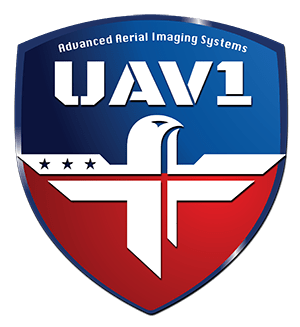What is thermal imaging drone surveillance?
Thermal imaging drone surveillance is a cutting-edge technology that combines the mobility and flexibility of drones (Unmanned Aerial Vehicles) with the advanced capabilities of thermal imaging cameras. These specialized cameras detect infrared radiation (heat) emitted by objects and translate it into visual images.
This technology allows drones to capture detailed thermal images and videos from the air, even in complete darkness or through smoke, fog, and foliage. Widely used in security, search and rescue, wildlife monitoring, and industrial inspections, thermal imaging drone surveillance provides a unique vantage point to observe and analyze heat signatures from a safe distance, offering crucial insights in various operations.
What are the benefits of thermal imaging drone gimbals in drone surveillance?
Thermal imaging gimbal technology in drone surveillance offers several significant advantages:
Enhanced Image Stability Compared to Visual Cameras:
Unlike standard visual cameras, thermal imaging gimbals like the M2D provide superior image stabilization. This is crucial in maintaining image clarity in various flight conditions, a feature that is often compromised in regular drone cameras due to movement and vibration.
Dual Sensor Capability for Comprehensive Surveillance:
The M2D combines a high-definition thermal IR imaging zoom channel with a 1920 HD BSI CMOS visible EO channel. This dual sensor setup offers a more comprehensive surveillance capability than visual cameras alone, providing both standard and thermal imaging.
Precision and Flexibility in Targeting:
Thermal gimbals offer greater precision in targeting and tracking. The M2D V6, for instance, features a continuous zoom thermal imaging IR FLIR camera and an HD CMOS continuous zoom low light visible daytime EO camera, allowing for precise adjustments and flexibility in various surveillance scenarios.
Enhanced Data Quality and Interpretation:
Thermal imaging gimbals like the M2D V4 excel in detection and identification capabilities. They can discern details that are often invisible to visual cameras, especially in low-light or obscured conditions, enhancing the effectiveness of surveillance operations.
What is the best UAV, UAS, RPA, and VTOL thermal gimbal for sale?
Considering the diverse requirements of our users and customers, we have identified three top-performing thermal drone gimbal cameras that stand out for inclusion in various UAV payload packages. These cameras have been selected based on their superior imaging capabilities, stabilization features, and versatility, ensuring they cater to a wide range of surveillance and inspection needs. Each camera offers unique advantages, making them suitable for different applications, ranging from security surveillance to industrial inspections, search and rescue operations, and environmental monitoring. This selection aims to provide comprehensive solutions to meet the specific demands of our users in various sectors.
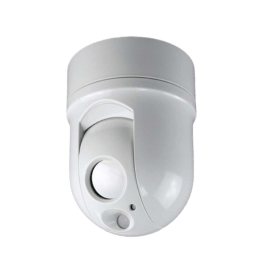
M1-D Thermal Gimbal
It is a multi-sensor system that integrates thermal imaging (FLIR), CCTV camera, and laser designator in an ultra-compact rugged housing.
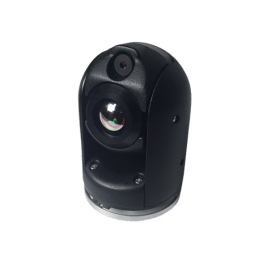
M2-D Thermal Gimbal
The world’s smallest and lightest dual sensor micro thermal UAV gimbal for surveillance.
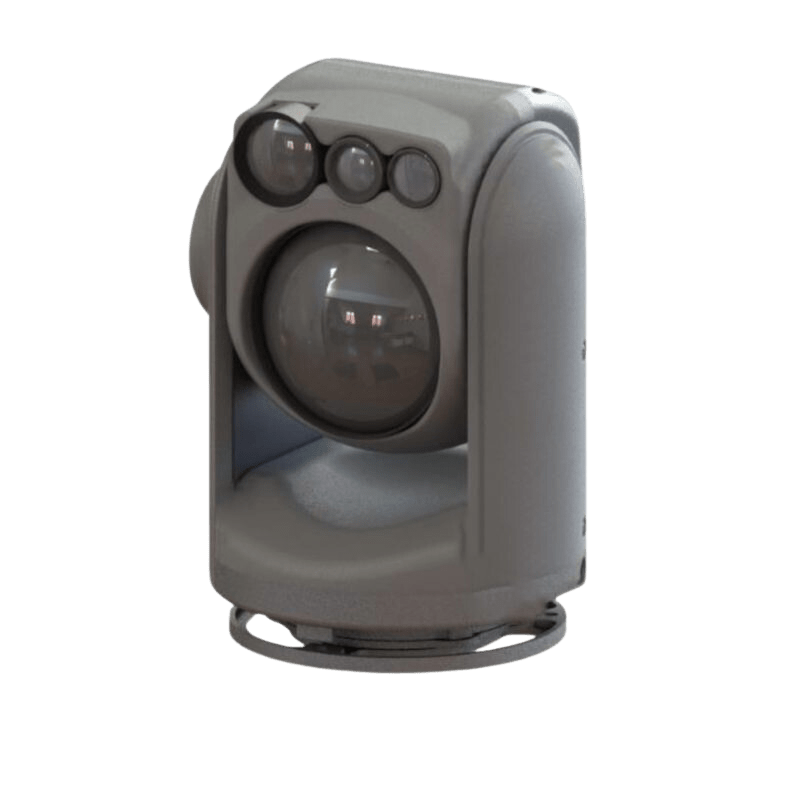
M2-D V6 Thermal Gimbal
This mini gyro-stabilized UAV drone camera boasts high-resolution thermal imaging, multi-sensor capabilities, and advanced multi-axis gyro stabilization
Why choose UAV1 thermal gimbals?
With over 20 years of experience in thermal imaging we have a vast catalog of thermal gimbal cameras and can custom design and manufacture a camera in bulk and suited to your specific needs.
M2D Series: Versatility and High-Resolution Imaging
The M2D series is celebrated for its adaptability and high-resolution thermal imaging capabilities while weighing 159 grams. These gimbals are expertly crafted to be both lightweight and compact, making them ideal for a wide range of applications. They are specifically engineered to fit various types of drones and unmanned vehicles, allowing for seamless integration into different operational frameworks. The versatility of the M2D series is a key factor in its popularity, as it can be utilized effectively in diverse settings such as surveillance, search and rescue, wildlife observation, and industrial inspections, providing clear, detailed thermal images even in challenging environments.

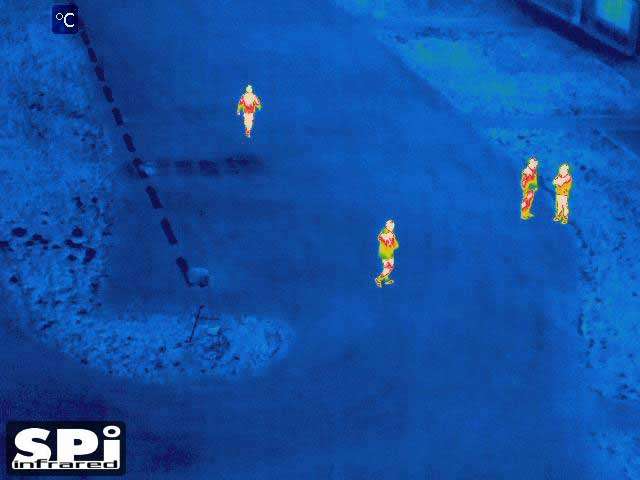
M2D V6: Affordability with Advanced Features
The M2D V6, a notable member of the M2D series, distinguishes itself with an excellent balance of affordability and advanced technological features. It is equipped with high-definition thermal IR FLIR imaging, allowing for detailed thermal analysis and surveillance even in low-visibility conditions. Additionally, the long-range PTZ (Pan-Tilt-Zoom) capabilities of the M2D V6 enhance its effectiveness in covering large areas, making it invaluable for extensive surveillance missions. The inclusion of gyro-stabilization technology ensures that the camera maintains steady imaging despite the movements of the drone, a crucial factor in obtaining clear and usable footage. This combination of features positions the M2D V6 as a versatile tool, ideal for various surveillance applications ranging from security monitoring to environmental observation.
M1D Series: Compact and Efficient
The M1D series is tailored for scenarios where compactness and efficiency are paramount. It boasts a design that is both sleek and lightweight, ensuring that it can be easily maneuvered in various operational contexts. This series excels in providing reliable thermal imaging, capturing clear and accurate thermal data in a more condensed form factor. Its agility and precision make the M1D series particularly suitable for tasks that demand quick response and detailed imaging, such as in fast-paced surveillance, wildlife tracking, and intricate industrial inspections, where larger and heavier equipment might be less effective.
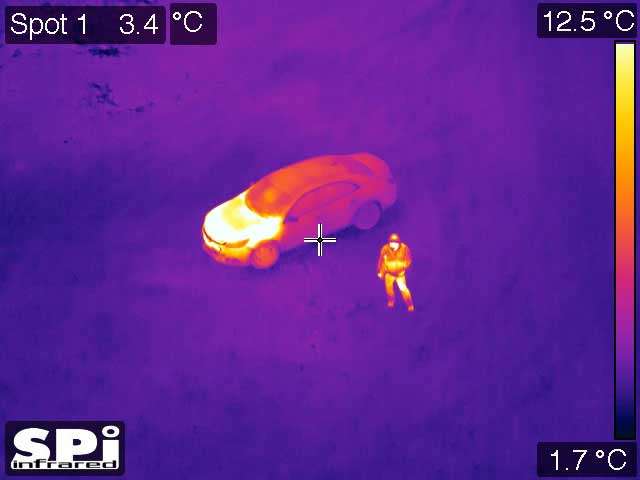
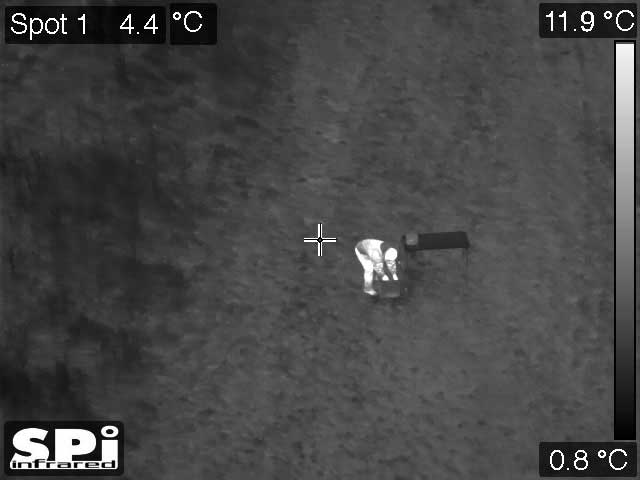
M7D: Ultra-Performance Long-Range Imaging
The M7D stands as a pinnacle of ultra-performance within the UAV1 thermal gimbal lineup, specifically engineered for long-range thermal imaging. This model is adept at capturing detailed thermal data over vast distances, a feature essential for comprehensive surveillance operations. Its long-range capabilities are crucial in scenarios such as border surveillance, large-scale industrial monitoring, and extensive search and rescue missions, where the ability to detect and analyze from a distance can significantly impact operational success. The M7D’s advanced imaging technology ensures that even at extended ranges, the clarity and detail of the thermal images are not compromised, making it an indispensable tool for missions where both distance and detail are of utmost importance.
Advanced Object Detection and Geo-Referencing
Both the M2D and M7D models are outfitted with cutting-edge object detection and precise geo-referencing features, elevating their utility in multifaceted surveillance contexts. These capabilities enable them to identify and track specific objects or individuals with high accuracy, which is essential in intricate security operations, crowd monitoring, and tactical missions. The precise geo-referencing functionality allows for accurate mapping of the thermal images to real-world coordinates, facilitating better situational awareness and operational coordination. This combination of advanced detection and geo-referencing makes these models highly effective for use in complex surveillance scenarios where detail, accuracy, and real-time data are critical.
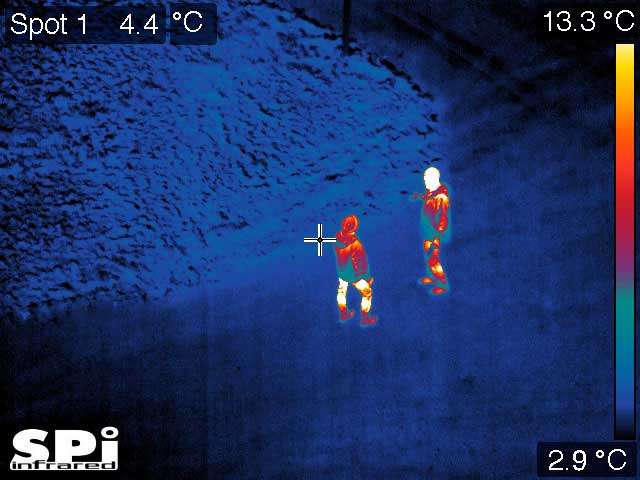

Integration and Adaptability
The gimbals’ ease of integration with various UAV platforms underscores their adaptability, making them a preferred option for diverse surveillance requirements. This versatility ensures that these gimbals can be seamlessly fitted onto a wide range of drones, enhancing their functionality across different models and brands. This adaptability is particularly valuable for organizations and operators who utilize multiple UAV types, as it allows for a standardized thermal imaging solution across their fleet. Such ease of integration means that these gimbals can be quickly deployed in various scenarios, ranging from urban surveillance to natural disaster response, ensuring consistent, high-quality thermal imaging irrespective of the UAV platform used.
How do thermal drone gimbal cameras work?
Thermal drone gimbal cameras, specifically models like the SPI M2D, are sophisticated surveillance tools that utilize an integrated system to provide advanced thermal imaging. The M2D models are connected to the drone’s control system through Mavlink, which allows for precise piloting and camera control. They are equipped with an IP Link for reliable data transmission, ensuring that high-resolution thermal and visible imagery is securely sent to the ground unit in real time.
These systems can be enhanced with additional MVP modules for advanced functionality, such as object tracking and geo-referencing. The data, including thermal imagery and telemetry, is transmitted back to the pilot and camera operator, allowing for immediate analysis and decision-making. The M2D’s gyro-stabilized feature ensures that the thermal imaging remains clear and stable, even when the drone is in motion, making it a highly reliable tool for surveillance operations across various conditions.
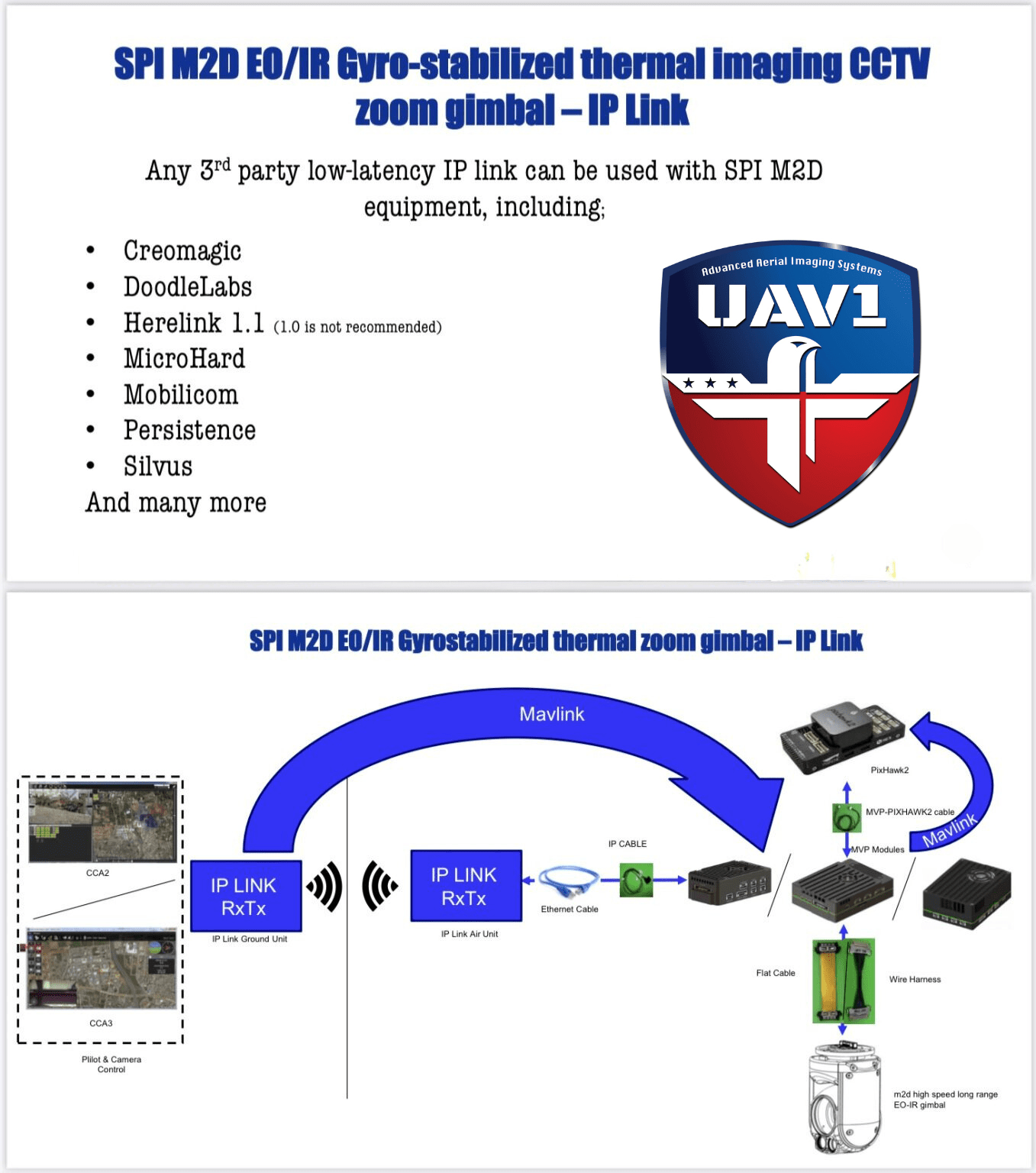
Thermal Gimbal Surveillance FAQs
1. What makes UAV1’s thermal imaging gimbal cameras stand out in terms of durability and resistance?
– UAV1’s thermal imaging gimbal cameras are designed to meet Military Spec IP (Ingress Protection) ratings, ensuring robust durability and resistance. These cameras are built to withstand harsh conditions, including dust, rain, extreme temperatures, and electrical interference.
2. Can a thermal imaging gimbal camera be integrated into a drone for aerial surveillance?
Yes, thermal imaging gimbal cameras are commonly integrated into drones to enhance aerial surveillance capabilities. These cameras provide valuable data for applications like search and rescue, wildlife monitoring, and security.
3. How does the resolution of a thermal imaging gimbal camera affect its performance?
Resolution is crucial for thermal imaging cameras. Higher resolution cameras can provide more detailed thermal images, allowing for better object recognition and identification. Lower resolution cameras may struggle with fine details.
4. Are there specific industries where thermal imaging gimbal cameras are more commonly used?
Thermal imaging gimbal cameras find extensive use in industries such as energy, agriculture, public safety, and industrial inspections. They are used for tasks like detecting equipment failures, monitoring crops, and locating missing persons.
5. Can a thermal imaging gimbal camera differentiate between humans and animals in a surveillance scenario?
Thermal imaging cameras can differentiate between humans and animals based on their heat signatures. Humans typically have distinct body temperature patterns compared to most animals, but the accuracy may vary depending on the camera’s sensitivity and environmental conditions.
6. What is the minimum and maximum operating temperature range for a typical thermal imaging gimbal camera?
The operating temperature range can vary by camera model, but many thermal imaging cameras can operate in temperatures as low as -40°C (-40°F) and as high as 150°C (302°F).
7. Are there specific certifications or standards for thermal imaging gimbal cameras used in industrial applications?
Some thermal imaging cameras may adhere to industry-specific standards or certifications, such as IP ratings for ingress protection or IEC 60947 for electrical safety. Check the camera’s documentation for relevant certifications.
8. Can thermal imaging gimbal cameras provide real-time temperature measurements of objects or surfaces?
Yes, certain thermal imaging cameras are equipped with temperature measurement capabilities and can provide real-time temperature data of objects or surfaces within their field of view.
9. Do thermal imaging gimbal cameras require regular calibration, and if so, how often?
Calibration requirements can vary by camera model. Some thermal cameras require periodic calibration to maintain accuracy, while others may have longer intervals between calibrations. Refer to the camera’s user manual for calibration guidelines.
10. Can thermal imaging gimbal cameras be used for detecting electrical faults or hotspots in industrial settings?
– Yes, thermal imaging cameras are commonly used in industrial settings to identify electrical faults, overheating components, and other anomalies that may indicate potential equipment failures.
11. What is the average lifespan of a thermal imaging gimbal camera’s sensor?
– The sensor’s lifespan can vary based on usage and environmental factors. In typical usage, the sensor can last for tens of thousands of hours of operation, but it may need replacement if it becomes damaged or degrades over time.
12. Are there restrictions on exporting or importing thermal imaging gimbal cameras due to security concerns?
– Some countries have export controls on thermal imaging technology due to potential security risks. It’s important to check and comply with export/import regulations when dealing with thermal imaging cameras.
13. Can thermal imaging gimbal cameras be used for predictive maintenance in industrial equipment?
– Yes, thermal imaging cameras are valuable tools for predictive maintenance, as they can identify abnormal temperature patterns in machinery and equipment, allowing for proactive maintenance to prevent failures.
14. How do I interpret thermal images captured by a gimbal camera?
– Interpreting thermal images requires training and familiarity with thermal patterns. Thermal anomalies, temperature scales, and color palettes are key elements to consider when interpreting thermal data.
15. Can thermal imaging gimbal cameras capture images in total darkness without any external light sources?
– Yes, thermal imaging cameras can capture images in total darkness, as they rely on heat emissions from objects rather than visible light.
